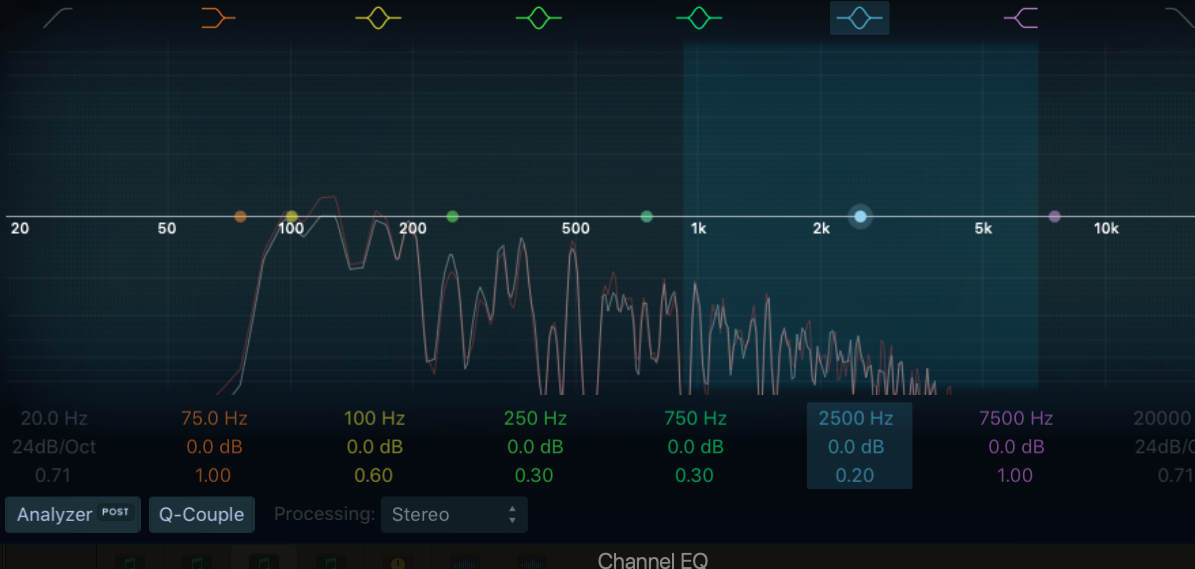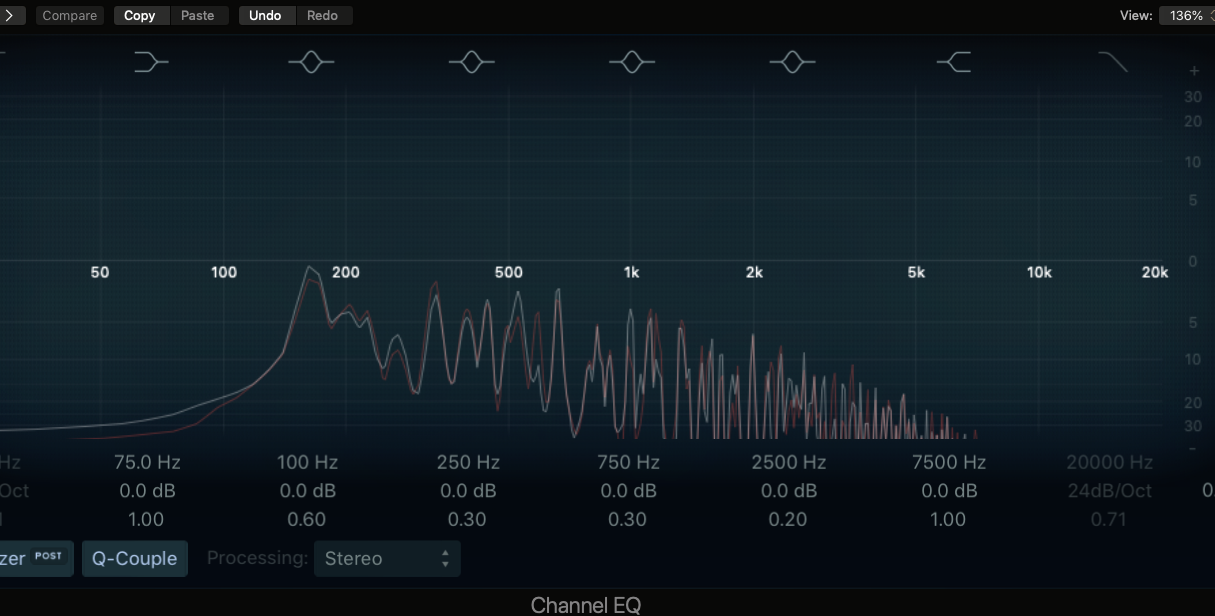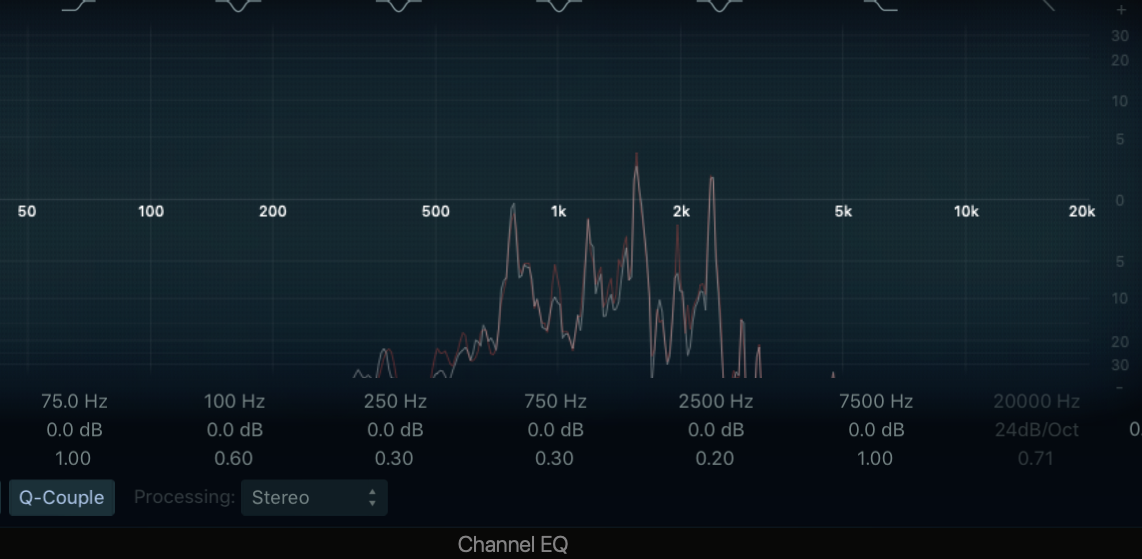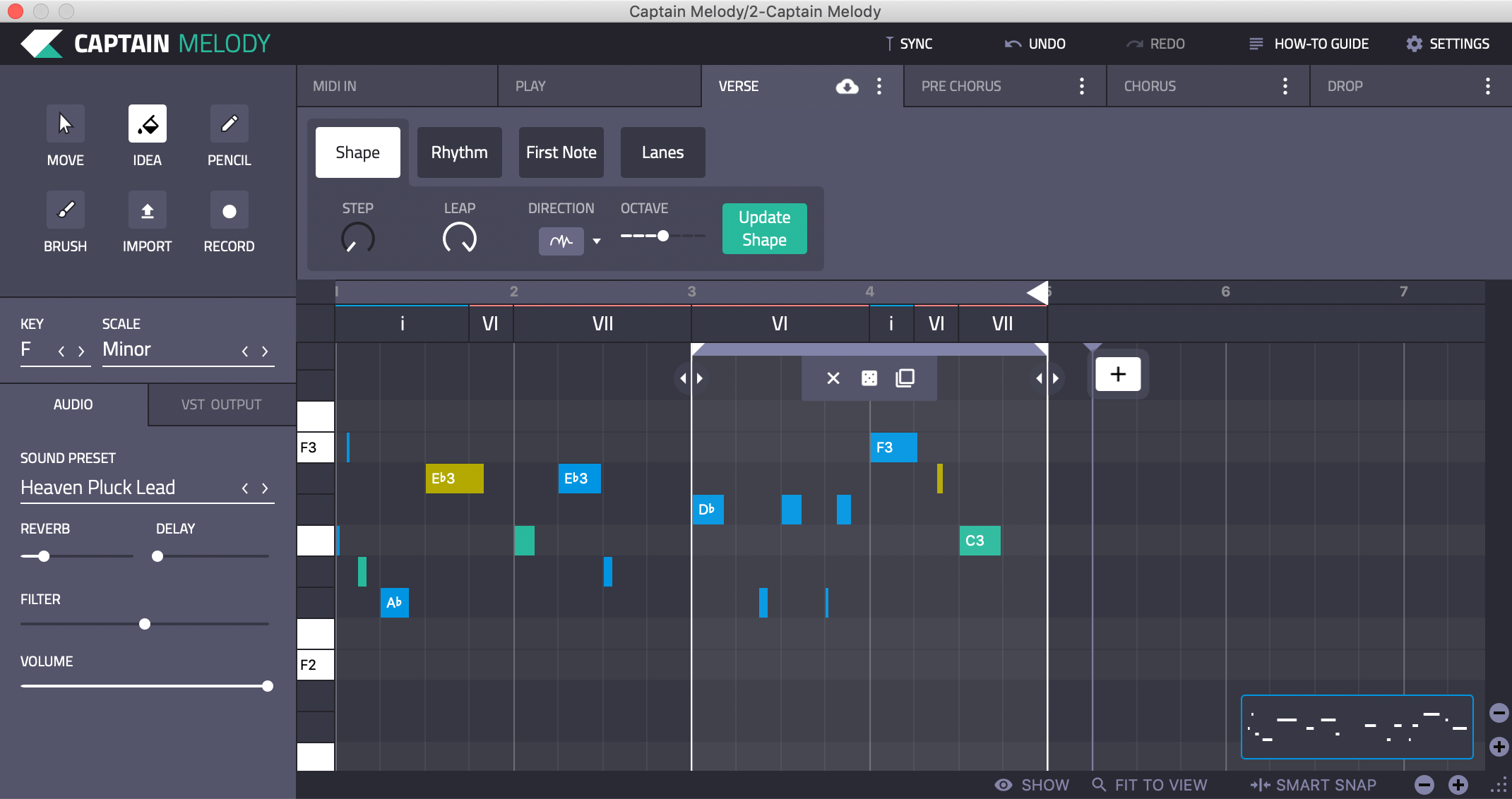How to use timbres to enhance your melodies
Timbres are the sonic qualities of a sound. Don’t underestimate how important they are to the overall character of your melodies. The exact same sequence of notes can sound wildly different, purely down to the sound design choices you make. Learn how to make the right decisions for the right moments with our handy guide.

Timbre up
From the choice of instrument to the octave your melody plays in, every decision you make about the timbres in your music has a profound effect on the track. And yet, many producers misunderstand the effects different sounds, modulations and processes will have on the characteristics and mixdown of their tracks.
No matter the genre, vibe or style of your track, you’ll have more control over your melodies if you consider a few simple things when choosing a timbre.
1. Freq Power
Each sound or instrument in a track lives in a particular part of the entire mix’ frequency spectrum. For example, a snare drum tends to peak at around 200Hz and goes on to cover much of the spectrum right up to 20Khz. This is because it is an impact sound comprising a thud as the stick hits the drum, and a noisy tail as the sound reverberates. Compare that to something like a glockenspiel… the exact note you strike will change the peak of the sound, but the amount of frequency spectrum the sound covers remains fairly narrow.
Drums are a good way to highlight how different sounds occupy the frequency spectrum, but the exact same principles apply to melodic instruments.
A high strings sound will not take up a lot of the spectrum towards the bassy end, but will register in the top end. Meanwhile a bass sound fills up the low end, and may have a harmonic presence higher up, too. When you choose an instrument or sound for your melodies, it’s vital you consider the frequency band it occupies as it plays your melody.
If your sound occupies a very similar position to another sound in your track, it could mask it. At the very least you’ll have to do some serious processing to separate them – surely it’s better to pick a different sound?
PRO TIP
If you love the sounds your using but find they are masking each other, try transposing one up or down an octave. This will shift the frequency range the sound occupies up or down the spectrum.
Captain Melody 5.0
- Write melodies that suit your chord progression
- Connect the Melody plugin with Chords plugin
- Apply different rhythms
- Apply arpeggiators that move your MIDI notes
- Adjust the tension between the Chords and Melody
- Hear the melody played with 100+ different sounds
Frequency ranges of 3 sounds
Warm Pad has a large low end presence and a steadily diminishng spread up to around the 5Khz mark

Adore Horn occupies a similar position and frequency distribution. It’s going to mask a lot of Warm Pad.

Whereas Billy Grande occupies less overall space, and is loudest where Warm Pad is barely registering. A perfect match!

Ultimately, selecting an instrument is an exercise in choosing the frequency band position of your melody. Grand pianos and thick synth sounds naturally take up more frequency room than ukuleles, flutes or thin synth plucks. You want a full mix, in most music styles, but you also need to avoid clutter. If you can’t hear each instrument clearly with minimal processing, try using different ones. Finding the right timbres will allow your melodies to shine in the mix.
Here’s an example of how the timbres of different sounds impact the clarity of the mix.
2. Stacking up
Much like adding voices to a synth patch, you can create and augment timbres by layering sounds. Stacking different sounds to form one cohesive sound can be very powerful. You don’t need to ensure sonic clarity in the same way you do to get mix clarity between instruments. The reason for this is you’re trying to create a composite sound that sounds like one instruments, not 2 or 3 instruments playing simultaneously. Check out the example below. Here, a heavily modulated Sylenth patch is replicated by various sounds in Captain Melody. Changing the octave and the sound gives radically different characteristics to the overall sound of the melody. Overlapping frequency bands here sound quite natural, as if they’re created as part of the Sylenth patch. This cohesion makes for a satisfying new sound.
Which composite sounds do you think worked well, and which didn’t work so well?
3. Modulation station
A classic example of modulation is the wah-wah pedal on a guitar. This principle, of taking a sound source and altering it as it plays, is a crucial consideration in all music production. Modulation can unrecognizably transform your sound, and today’s synthesizers and FX plugins are unbelievably powerful tools. Fundamentally, modulation changes alter the timing, rhythm and frequencies of a sound. As we’ve just learned, any frequency changes need to be considered in the context of the whole mix. It’s the same for the rhythms and timings that modulation changes render. Let’s take a look at an example of this in action.
As you can see, the same sound can take on very different characteristics as its modulation is adjusted.
Write your own tracks using Captain Plugins
Captain Plugins are the ultimate tool-set for composing stunning, original music. With limitless routing options and amazing sound presets, experimenting with timbres is a piece of cake. Start your musical journey today with Captain Plugins.
